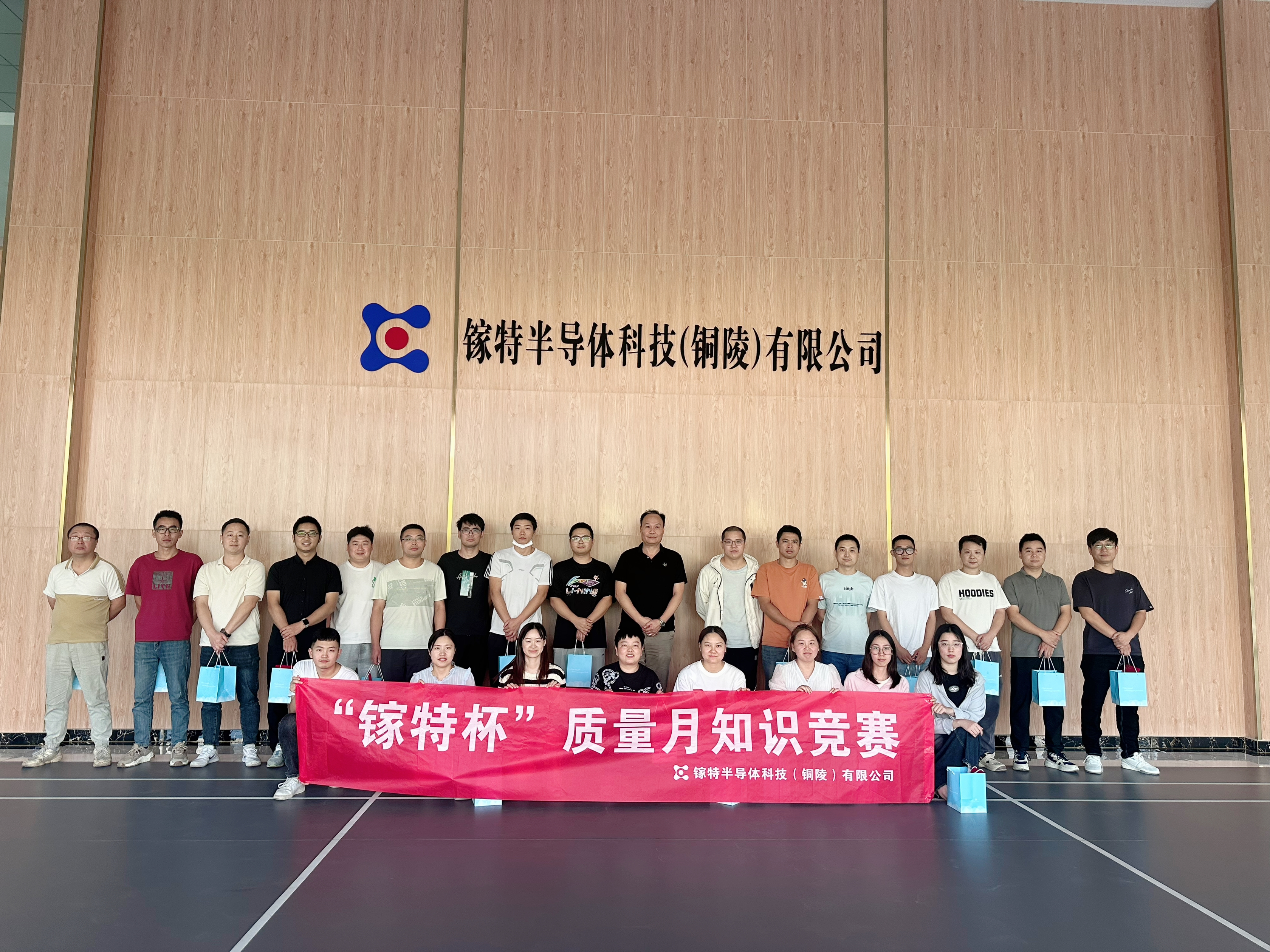Vertical GaN power devices hold the potential to revolutionize the power device industry. There is particular interest for higher voltage applications, such as 600 V and above, for vertical GaN devices. According to the physical properties of the materials, GaN devices have a lower specific on-resistance for a given breakdown voltage as compared to traditional Si power devices and newer native SiC power devices. As proof of the material benefits, horizontal GaN power devices, namely GaN on Si HEMTs, have seen success in competing with Si in the low voltage market.
It is expected that vertical GaN power devices will compete with native SiC power devices for the high voltage market. In the preceding two years, SiC devices have been gaining market share for high voltage applications and several companies have expanded the production of 6” and 8” SiC wafers. In contrast, vertical GaN power devices aren’t sold commercially and GaN wafers are available in 4” diameter from only a handful of suppliers. The expanded supply and reliable quality of GaN wafers will be important for the development of vertical GaN power devices.
There are three potential advantages of GaN when compared with SiC for high voltage power devices. Firstly, for a given breakdown voltage, the theoretical specific on-resistance is about an order of magnitude less. Therefore, the power losses during forward bias could be reduced and the efficiency would be higher. Secondly, for a given breakdown voltage and on-resistance, the device size will be smaller. The smaller size means that many more devices can be made on a wafer, thereby reducing the cost. Additionally, a smaller form factor is more desirable for most applications. Lastly, GaN holds an advantage in the maximum frequency that a power device can operate, which is determined by both the materials properties and device design. Generally, for SiC the maximum frequency may be around 1 MHz or less. GaN power devices will be able to operate at much higher frequencies, at least 10s of MHz, which is a frequency range that is inaccessible to SiC. Higher frequency operation is beneficial to reduce the size of passive components, and thereby reduce the size, weight, and cost of the power conversion system.
Vertical GaN power devices are still in the R&D phase of development. There is not a consensus within the GaN research community regarding the optimal device structure for GaN vertical power devices. The three leading potential device structures include the current aperture vertical electron transistor, trench FET, and fin FET. All of the device structures include a lightly doped N- layer as the drift layer. This layer is important because the thickness of the drift layer determines the breakdown voltage of the device and the electron concentration has an important role in achieving the theoretical lowest specific on-resistance.
Eta Research manufactures and sells 4” free-standing GaN wafers, which are available in n-type conductivity and semi-insulating. The company also offers MOCVD epitaxy of GaN structures on GaN wafers. Customers developing vertical GaN power devices have similar requirements for their device structures, especially concerning the thickness and doping of the drift layer. First, the drift layer should have a thickness of about 10 um or more, which is required to ensure the breakdown voltage is sufficient to meet the device design criteria. Next, the surface of the drift layer should be smooth enough to create planar interfaces for the subsequent device layers. Last, the drift layer must have a low electron concentration, typically in the range of 1E16 to 5E16 /cm3.
The company has performed experiments for GaN on GaN epitaxy in the range of 10 to 20 um thickness. Figures 1 and 2 show the XRD data and wafer pictures for 20 um of GaN grown by MOCVD on a 2” GaN wafer. A 9 point patterned was used for XRD measurement of the rocking curve FWHMs of the 002 and 102 peaks. The average values of the rocking curve FWHMs before epitaxy were 49 arcsec and 69 arcsec for the 002 and 102 peaks, respectively. After the 20 um epitaxy, the rocking curve FWHMs were nearly identical with average values of 50 arcsec and 69 arcsec for the same two peaks. The bow of the wafer was slightly improved after epitaxy, starting at -5.0 um before epitaxy and resulting in -1.3 um after epitaxy.
A relatively smooth surface can be achieved by proper selection of the offcut. An offcut of 0.4° toward the m-plane was selected. For 10 um film growth on the 0.4° offcut GaN wafer, the average surface roughness was 8 – 16 nm measured by Bruker optical interferometry over an area of 239 um x 318 um. Figure 3 shows an optical nomarski image of a featureless surface and figure 4 shows the optical interferometry image.
The low electron concentration of the drift layer may not be readily achievable under the typical MOCVD growth conditions used for LEDs. The drift layer must also have a growth rate that is sufficiently high to obtain a thick MOCVD layer within a reasonable time frame. The company has undertaken studies to achieve a low electron concentration drift layer. The lowest electron concentration achieved has been 2E15 /cm3, measured by C-V. Additional Si dopant can be added to the MOCVD growth to achieve higher electron concentrations.
Eta Research is now able to offer GaN on GaN MOCVD epitaxy layers suitable for vertical GaN power devices. The GaN homoepitaxy drift layers can be grown over 10 um thick with a relatively smooth surface and electron concentration in the 1015 to 1016 /cm3 range. Device structures can also be grown with multiple layers including InGaN, AlGaN, n-type doping, and p-type doping. Other potential device structures include LEDs and lasers diodes grown on n-type GaN wafers and HEMTs grown on semi-insulating GaN wafers.
For a price quote or additional information, see www.etaresearch.com, or email inquiries to info@etaresearch.com.









